Learning Responsive Web Design: A Beginner's Guide
4.4
Reviews from our users

You Can Ask your questions from this book's AI after Login
Each download or ask from book AI costs 2 points. To earn more free points, please visit the Points Guide Page and complete some valuable actions.Related Refrences:
Welcome to the comprehensive guide on responsive web design! 'Learning Responsive Web Design: A Beginner's Guide' is crafted meticulously to serve as an essential resource for anyone eager to master the art of building adaptive, versatile, and engaging websites. With the rapidly growing diversity in web-enabled devices, creating a unified experience across varying screen sizes is not just a trend but a necessity. This book is designed to equip you with the skills needed to thrive in this domain.
Detailed Summary of the Book
In 'Learning Responsive Web Design: A Beginner's Guide', I embark on a journey to simplify the seemingly complex world of responsive design. The book starts by introducing the fundamentals of responsive web design and explains why it has become critical in the modern web environment. You will learn how to create flexible layouts that adapt seamlessly to any screen size using fluid grids and flexible images.
Delving deeper, the book illustrates the effective use of media queries, teaching you to tailor designs that cater to various devices, from massive desktop screens to compact smartphone displays. You will explore CSS techniques, including viewport percentage-based dimensions and em units, to create adaptive, user-friendly web experiences. Through hands-on examples and practical exercises, this book ensures that key concepts are not just understood but can be applied in real-world situations.
Beyond the technicalities, this book also discusses strategizing for responsive design projects and the significance of prioritizing content and user experience. By the end of the book, you will have a robust understanding of responsive web design principles and the confidence to implement them effectively.
Key Takeaways
Throughout this book, several key takeaways stand out:
- Understand the core principles of responsive web design and its critical role in today's web development landscape.
- Gain proficiency in using fluid grids, flexible images, and media queries to create adaptable designs.
- Learn practical CSS techniques to ensure a consistent and enjoyable user experience across different devices.
- Foster an approach that prioritizes content hierarchy and accessibility in web design.
- Develop a strategic mindset for planning and executing responsive web design projects efficiently.
Famous Quotes from the Book
Several quotes from the book encapsulate its essence and importance:
"Responsive design is not a feature, it's a necessary core component of any modern website."
"The best way to ensure your website stands the test of ever-changing technology is to embrace adaptability at its core."
Why This Book Matters
In an era where digital accessibility and user-centric design are paramount, 'Learning Responsive Web Design: A Beginner's Guide' serves as an invaluable roadmap for web developers, designers, and anyone interested in creating web experiences that cater to users on any device, anywhere. Responsive web design is not just a technical skill; it's a commitment to delivering quality and accessibility. This book seeks to empower readers to make web content universally accessible, bringing the web closer to its fundamental goal of inclusivity.
This guide is not just a teaching tool but a medium that emphasizes the impact of good design on user perception and engagement. Capture your audience by ensuring your designs are aesthetically pleasing, functionally sound, and accessible to everyone. The skills you acquire through 'Learning Responsive Web Design' are not just relevant today but will continue to be the foundation of web development in the future.
Free Direct Download
You Can Download this book after Login
Accessing books through legal platforms and public libraries not only supports the rights of authors and publishers but also contributes to the sustainability of reading culture. Before downloading, please take a moment to consider these options.
Find this book on other platforms:
WorldCat helps you find books in libraries worldwide.
See ratings, reviews, and discussions on Goodreads.
Find and buy rare or used books on AbeBooks.
1468
بازدید4.4
امتیاز0
نظر98%
رضایتReviews:
4.4
Based on 0 users review
Questions & Answers
Ask questions about this book or help others by answering
No questions yet. Be the first to ask!

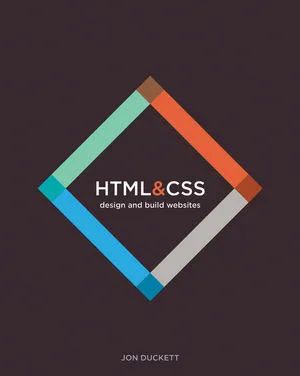
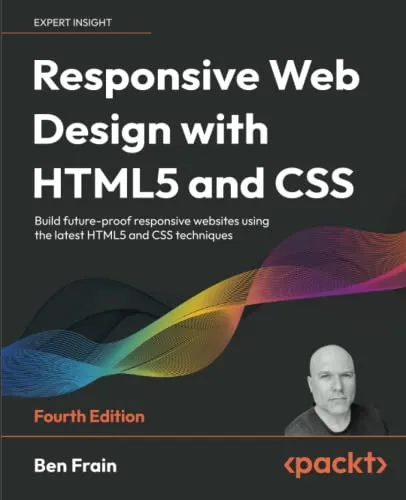

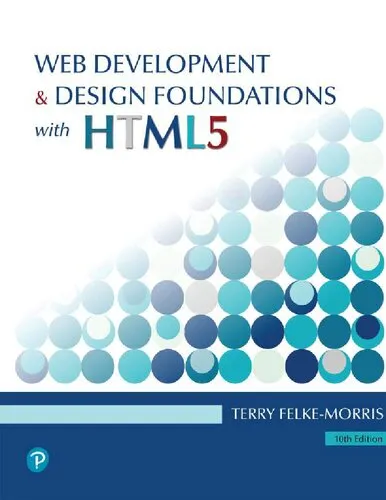

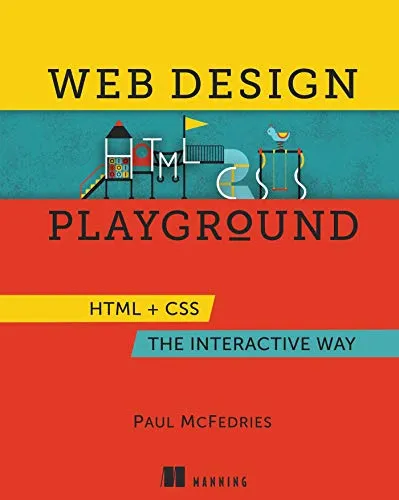
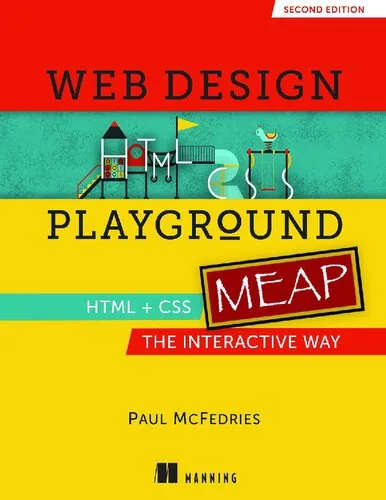
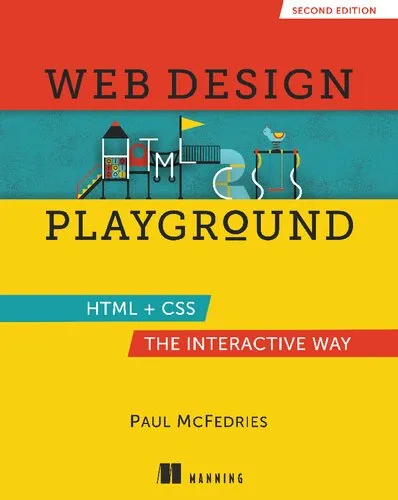

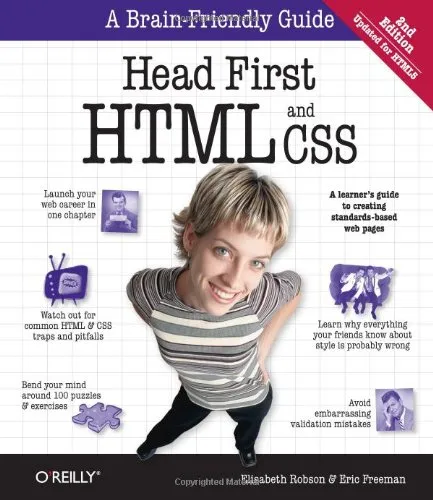
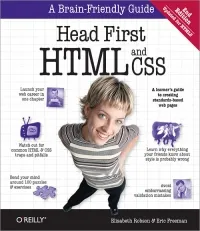
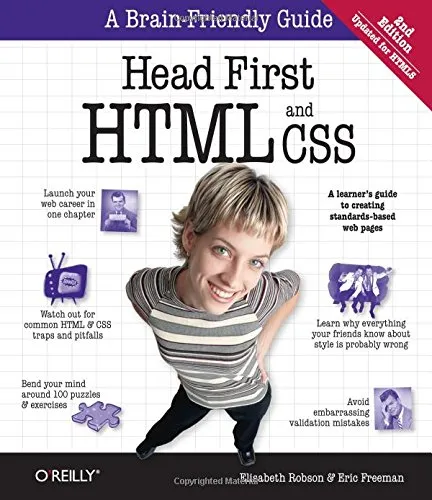
![Head first HTML and CSS: [a brain-friendly guide]](https://s3.refhub.ir/images/thumb/Head_first_HTML_and_CSS___a_brain-friendly_guide_8775.webp)

